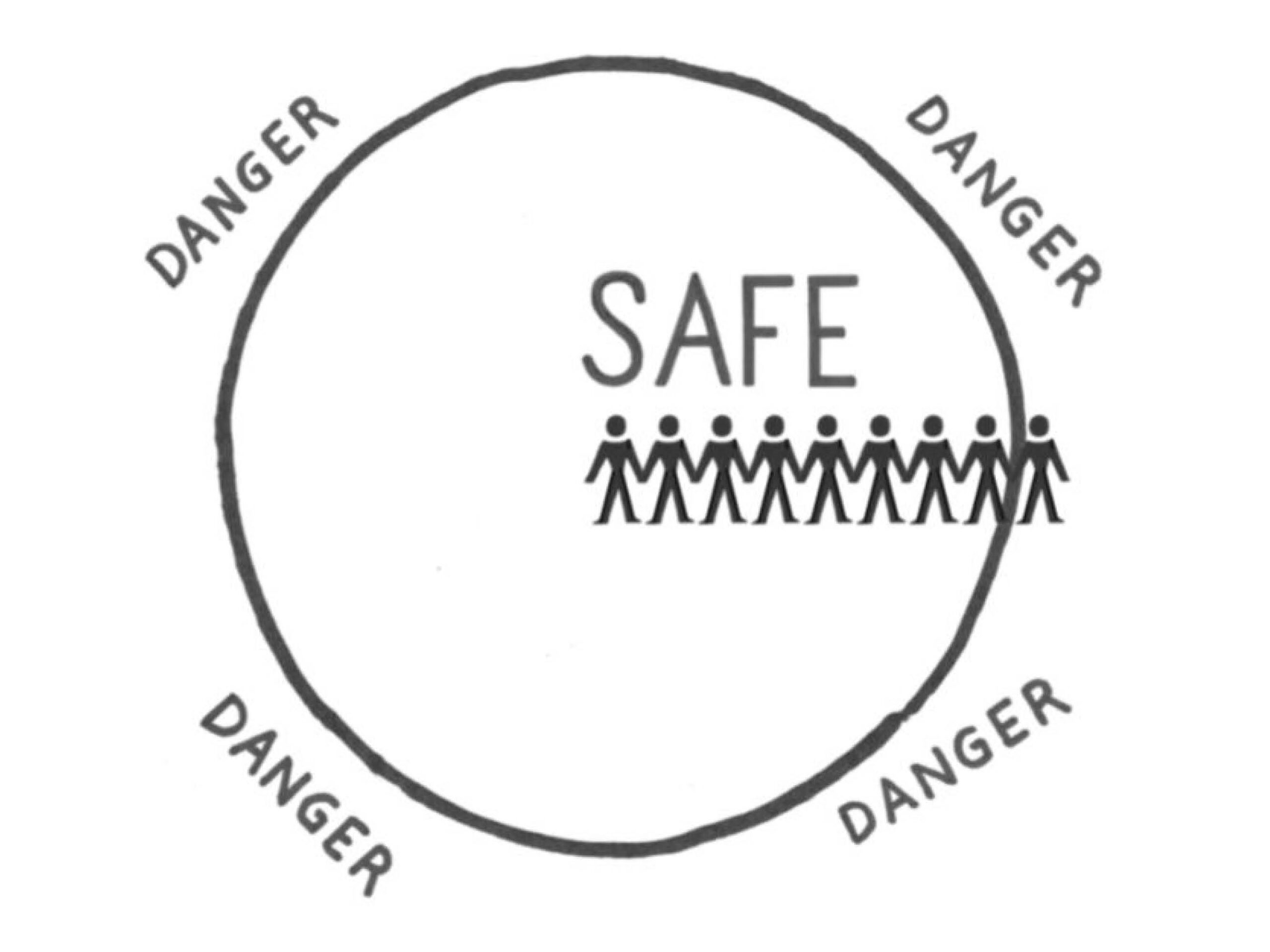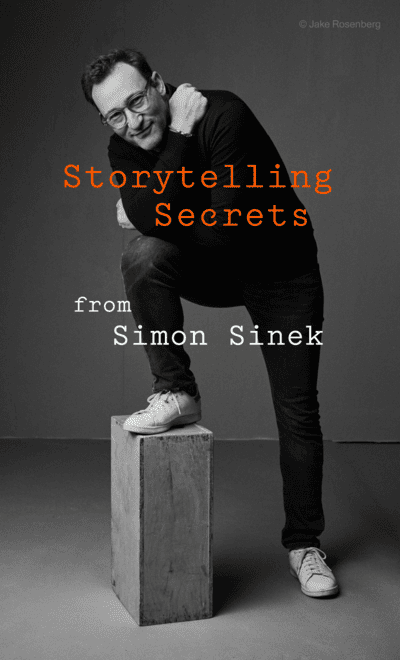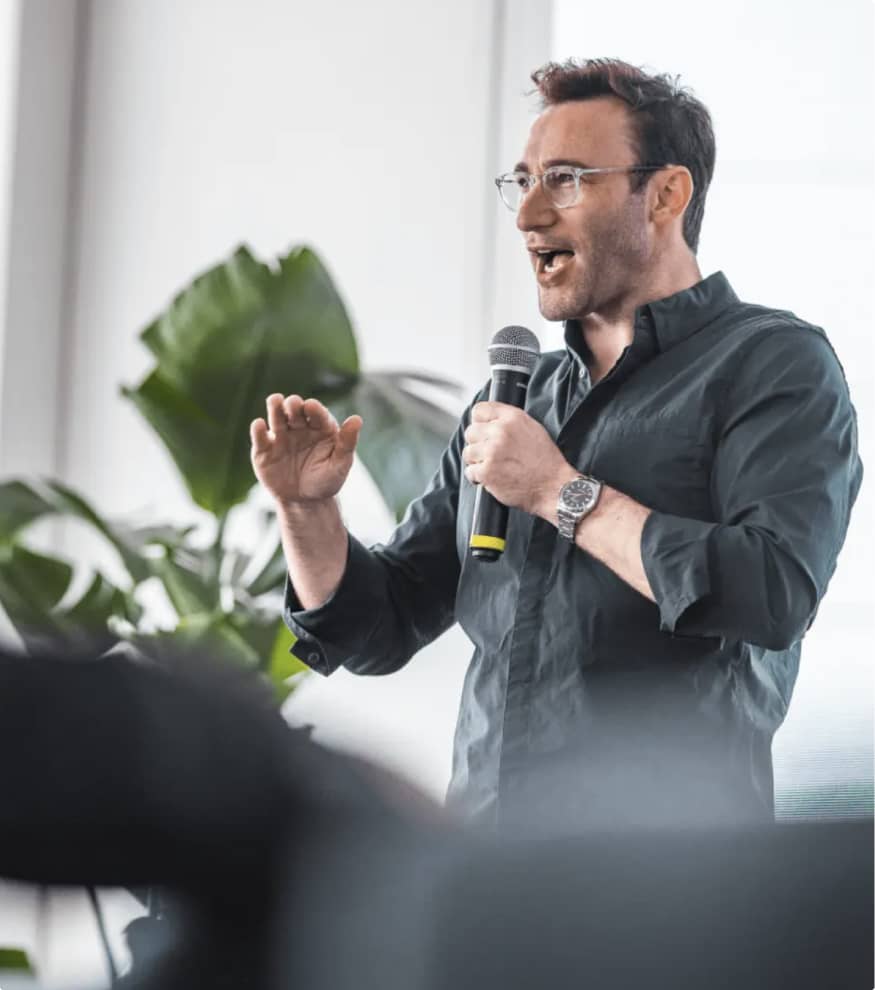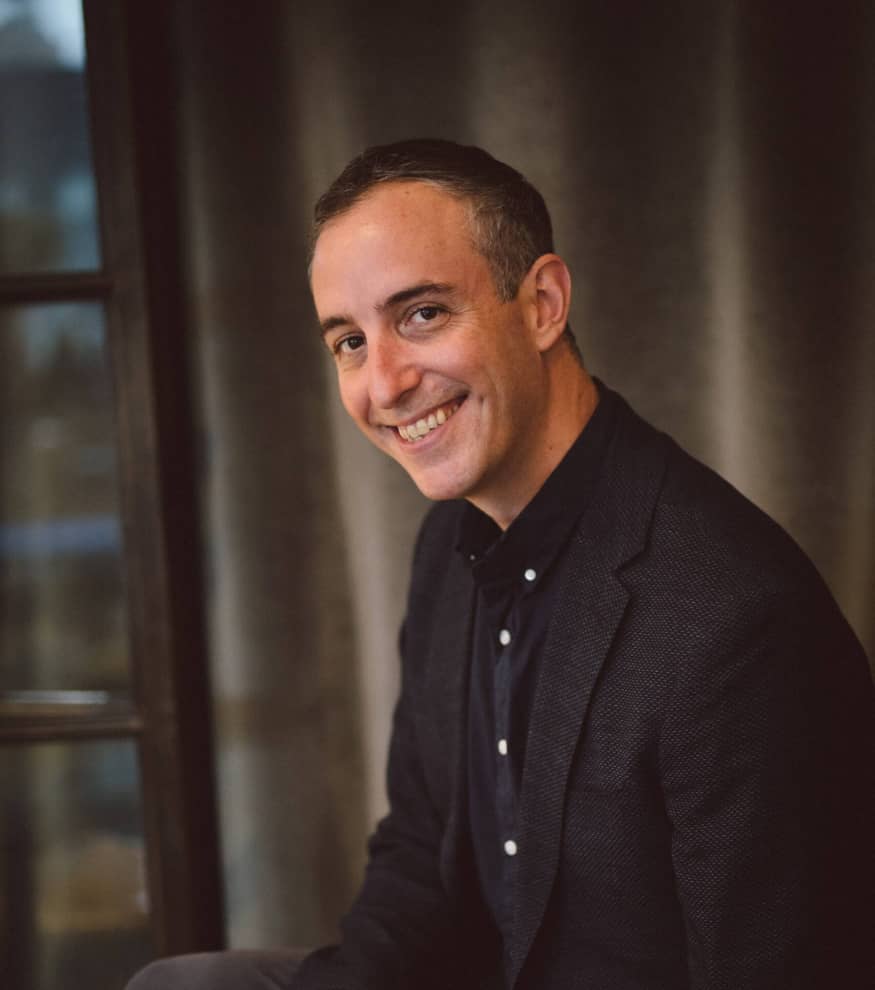In times of uncertainty, it is crucial to feel safe and secure.
At The Optimism Company from Simon Sinek, we’ve noticed a trend in the past few months of more and more leaders who want us to speak to their teams about the Circle of Safety.
In just the last few weeks, major news headlines have been about: layoffs, artificial intelligence taking jobs, imminent recessions, bank runs, and a number of other economic issues outside our control.
With all this fear and doubt circulating, employees and leaders need something solid and dependable to help their organizations weather the uncertain future.
That’s where the Circle of Safety comes in. With a Circle of Safety, workers can rely on one another to strive towards their shared goals even during the hardest times. When true economic hardship arrives, teams with low levels of trust splinter apart. Trusting teams pull closer together.
Creating trust within organizations is vital. Safe employees are more productive, more resilient, and more creative problem-solvers.
Because of today’s challenges, it’s more necessary than ever to create and strengthen circles of safety in organizations. Without consistent and intentional practice, trusting cultures slowly erode over time.

The Circle of Safety in 25 Minutes
Give your team the tools to trust each other, take risks, and contribute their best efforts to the collective goals of the organization. That is the core mission of the Circle of Safety.
Join one of Simon’s Master Trainers for this 25-minute LIVE online class to understand how to make employees feel safe so they can do their best work:
Building a Circle of Safety for ourselves and those around us:
Simon coined the term ”Circle of Safety” in his second book, Leaders Eat Last. The Circle of Safety is the concept that, since the dawn of civilization, we have needed the feeling of safety and security in order to survive. Back then, it was the elements and predators we needed to protect each other from, and when we felt safe with our own, working and living together, the natural reaction was trust and cooperation.
Today, the world is filled with different types of danger and stress. Since we can’t control those forces, we still have to depend on a network of people that we trust and rely on. This network of people forms our Circle of Safety. So while the idea of creating a safe and supportive environment is nothing new, the use of the term has helped to bring attention to and illustrate the importance of building a strong culture of trust and mutual support in the workplace and beyond.
This is where leaders play a crucial role. In Leaders Eat Last, Simon writes that leaders should act as “circle makers” instead of “line makers.” Line makers are focused on achieving their own goals and advancing their own careers, often at the expense of others. In contrast, circle makers are focused on creating a sense of community and supporting everyone within that community. Circle makers prioritize the well-being of the group over their own individual success.
Leadership isn’t a rank or a position, it’s a choice. So as leaders at any level, it is our responsibility to make the choice to prioritize creating a sense of safety and security within our organizations. By building a culture of trust and respect, we can establish a strong circle of safety that allows our employees to thrive even in challenging times. Leaders Eat Last provides valuable insights into how to create this circle of safety and why it is essential to do so. By following these principles, we can build organizations that are not only successful but also supportive, inclusive, and inspiring.
Looking to Build Trusting Teams or bring the message of Leaders Eat Last to your team?
Key Takeaways:
- Discover how choosing to protect people before numbers can actually benefit the numbers in the long run
- Explore why leadership is not an event, but a process that is developed from simple, everyday actions
- Understand how to create a Circle of Safety and why this is crucial for your team’s performance
- Learn how to combat the inevitable stresses and dangers that threaten your organization, team, and each individual in your charge
Contact our Experiences Team for a private class, keynote, or workshop:











